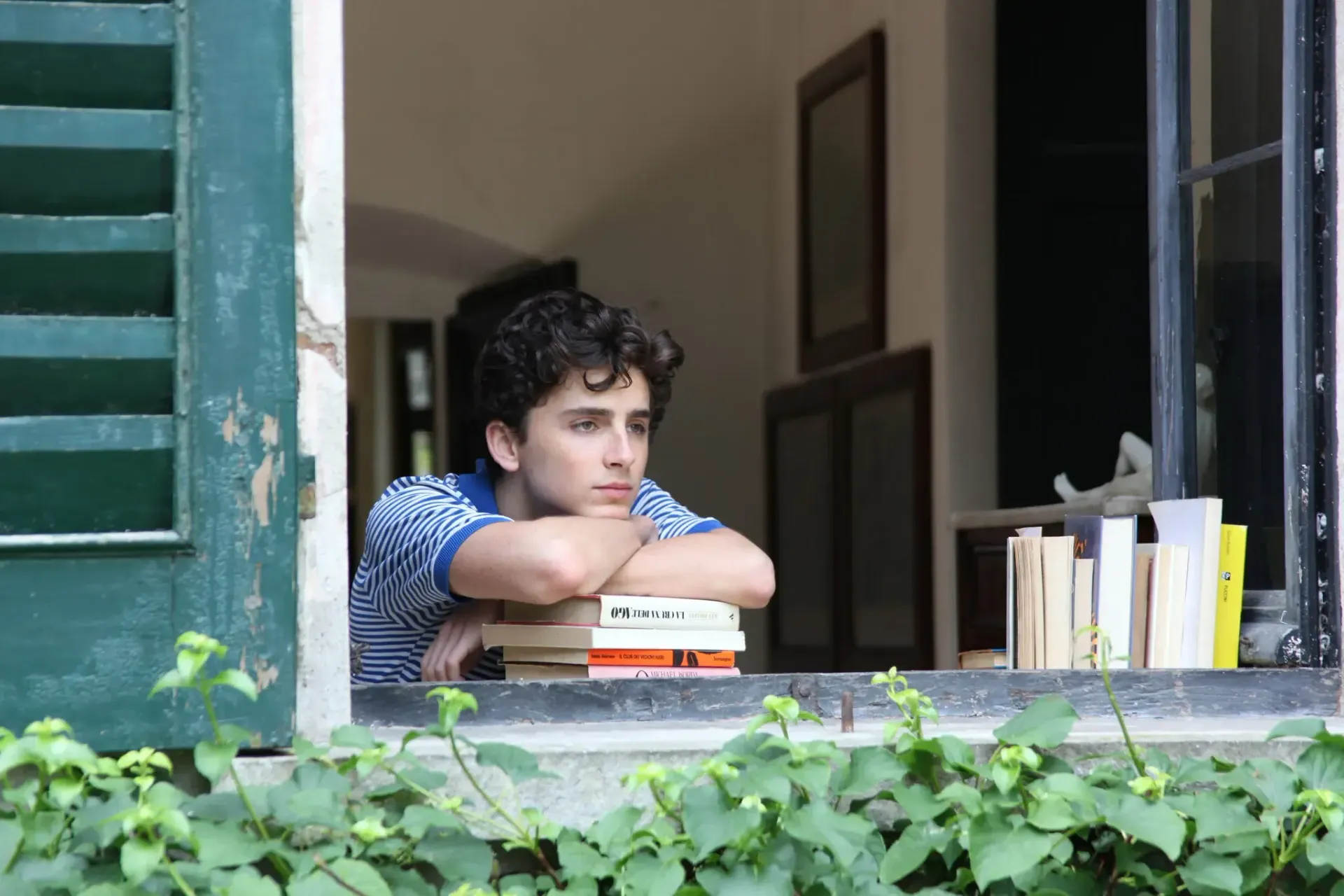Who are Third Culture Kids?
"Third Culture Kids" are adaptable and understand different cultures well, but it can also be hard for them to feel like they truly belong anywhere.

Have you ever seen the movie "Call Me by Your Name"?
The main character, Elio Perlman, played by Timothée Chalamet, is a great example of someone called a "Third Culture Kid."
Third culture kids (TCKs) are people who grow up in a culture that's different from their parents' culture and the culture of their passport country.
Elio fits this perfectly. In the movie, he lives in Italy with his American father and Italian mother. He speaks English, French, and Italian fluently.
This mix of cultures can be amazing. TCKs often see the world from many different perspectives and can be really adaptable. But it can also be confusing. Elio sometimes feels like he doesn't quite belong anywhere. He switches between languages and cultures depending on who he's with, like trying on different hats; almost like having different personalities.
We see this in his relationship with Oliver, the American graduate student. Elio speaks English with him, but with his girlfriend Marzia, he speaks French and Italian. It's like he has different versions of himself for different people.
Even though "Call Me by Your Name" is about Elio's first love, a coming of age story, it also shows how his unique upbringing shapes who he is. As a Third Culture Kid, he's constantly searching for his place in the world, and that's a journey many Third Culture Kids can relate to.
The movie's director, Luca Guadagnino, might have had something to do with how Elio is portrayed. Guadagnino himself is a Third Culture Kid too. Just like Elio, Guadagnino moved around a lot as a kid, living in Ethiopia, Rome, Palermo, Milan, and even London.
Guadagnino explains that being a filmmaker is partly about understanding what shapes you as a person. He tries to imagine what it would have been like to experience his own childhood in all these different places, and that inspires the complex stories he tells.
If you ask any Third Culture Kid, they'll tell you that it's like having many different selves inside you. You learn to pick the one that best fits the situation, kind of like an actor playing a role. It's a way to connect with people, even if it feels a little fake sometimes.
In the 1950s, a sociologist named Ruth Useem came up with the term "Third Culture Kid" for kids who move around a lot overseas while growing up. These kids' parents might be diplomats, military, or work for other countries. They often go to international schools where they meet kids from all over the world. This creates a special kind of culture that mixes elements from many places.
"Third Culture Kids" are adaptable and understand different cultures well, but it can also be hard for them to feel like they truly belong anywhere. Their experiences are unique and can be hard for others to relate to, even though they feel comfortable connecting with almost everyone.
In her book "Sidewalks," Valeria Luiselli, who grew up moving around a lot with her diplomat parents, talks about the struggle of finding home. Even though she picks Mexico as her country, she admits it's more of a sarcastic choice than a real feeling of belonging. She admits she’s never felt true allegiance to anywhere she’s lived, and she just knows she'll keep roaming from place to place.
Writer Pico Iyer has spent a lifetime examining feelings of cultural crisscrossings.
In his book "The Global Soul" he explores the crisscrossings that take place within.
Unlike others who focus on the struggles of moving between cultures, Iyer found a sense of calm by accepting that "home" wasn't a place, but rather the things you love.
He explains, "Growing up with a mix of cultures, I realized I could define myself by what I cared about, not where I was born." While he might never fully belong to any one culture, this freedom allowed him to build his identity on his own terms. He describes it as both challenging and liberating. Without a clear-cut "home" based on location, he had to focus on his values, close relationships, and the things that truly mattered to him.
Some Third Culture Kids, like writer Pico Iyer, find peace by focusing on their personal passions and connections, realizing "home" isn't a place but a feeling built over time.
Others, like Barack Obama, embrace their ability to connect across cultures. Obama's memoir "Dream From My Father: A Story of Race and Inheritence explores the challenges and freedom of belonging to many places, and ultimately finding a sense of belonging in the space between them.
This "in-between" space is where Third Culture Kids can truly shine. They can see the world from many angles, understand different cultures, and bridge divides. Leaders like Obama, with their mixed heritage and ability to consider multiple perspectives, show the strength that comes from this unique experience.
In a world that can be suspicious of globalism, Third Culture Kids show us the power of connection and understanding that comes from growing up between cultures.



